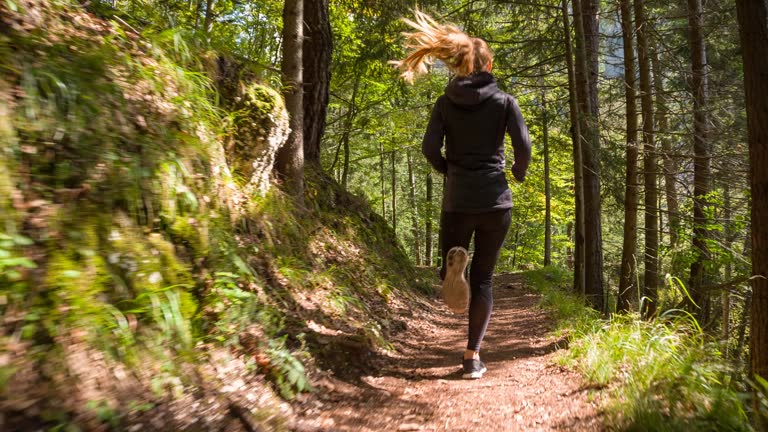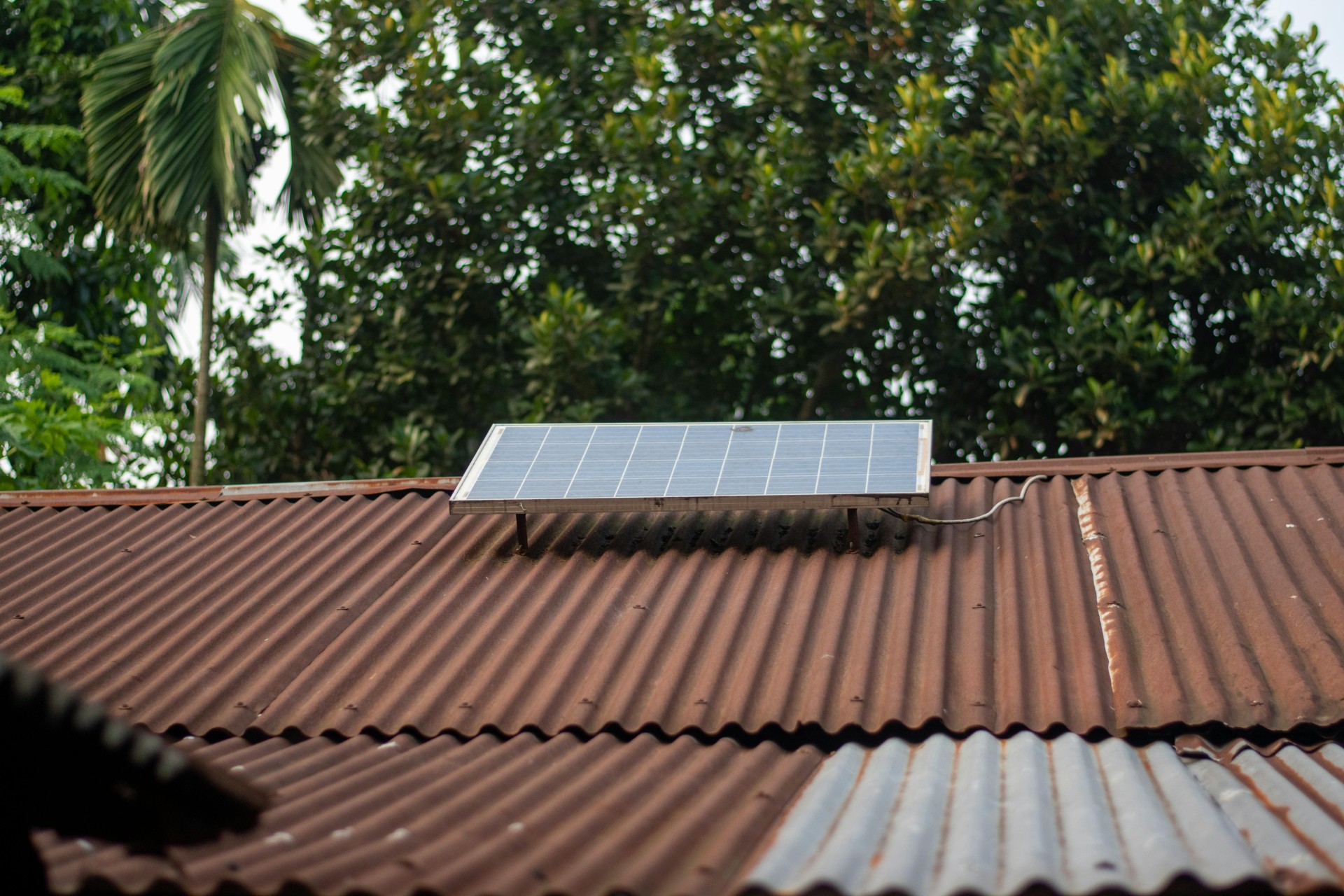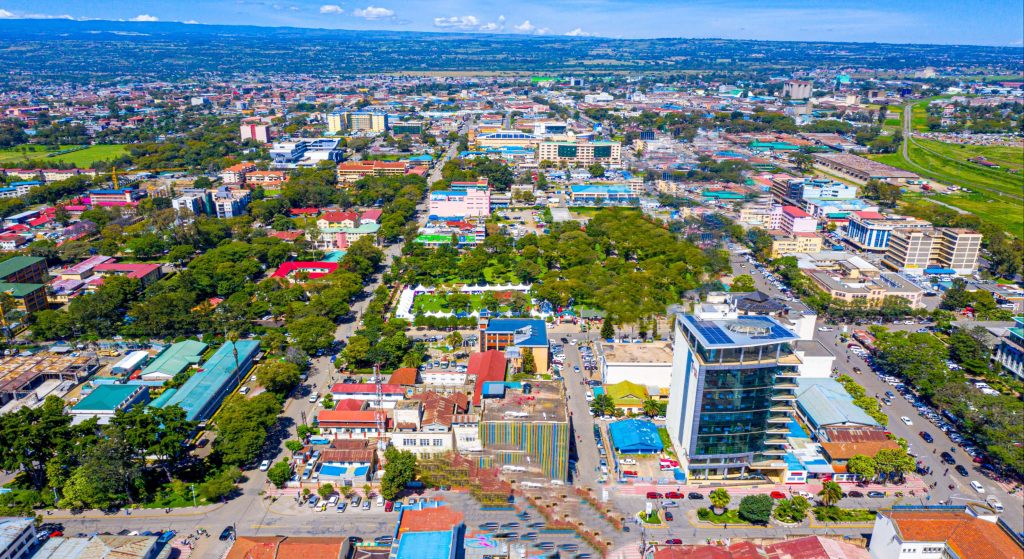- The time has come for cities to embrace the healing power of nature. By prioritizing the creation of green spaces, we can foster healthier, happier communities and transform our urban environments into havens of well-being.
I ran in the morning through some streets that were lined with trees outside of Nakuru City, and it was a truly revitalizing experience. I was buoyed by the peaceful ambiance and the new scent of the trees, which confirmed my opinion that forested regions provide the best places for morning runs.
While I made my way across the green, I couldn't help but think about the strong arguments for why adding more green spaces to urban settings is not only a luxury but also a need.
According to research published by Harvard Health Publishing, regular exposure to the outdoors can significantly improve our immune systems. Fresh air stimulates the production of white blood cells, which play a crucial role in fighting infections. This natural boost in immunity underscores the importance of creating more accessible outdoor spaces, where people can enjoy the health benefits of fresh air.
Similarly, an article by Green Pearls highlights how time spent in nature positively impacts our overall well-being. Negative ions in the fresh air increase serotonin production, which enhances mood and reduces stress. This increase in serotonin not only helps with anxiety but also improves sleep quality.
Moreover, oxygen-rich environments improve cognitive functions such as concentration and memory. Even brief periods spent outdoors can have profound benefits, suggesting that integrating more green spaces into urban settings could lead to widespread health improvements.
Read More
Even while I enjoyed the peacefulness of the forested streets and the sound of birds singing, I couldn't help but think about how the run would have been very different in a busy city. Traffic noise and car exhaust pollution are common issues in cities, which can make exercising less enjoyable and potentially dangerous for your health. The difference between my calm run and the bustling cityscape highlighted how important green places are.
Therefore, the rationale for increasing green space, even inside city bounds, is strong. Urban environments can be drastically changed by planting trees and lining roadways with them, providing city people with the same health advantages I did today.
Furthermore, safer routes with adequate lighting would allow both athletes and anyone running for health benefits to use these green spaces. The incorporation of these areas into city design would improve the physical and mental health of the urban populace in addition to offering aesthetic and recreational benefits.
In essence, the time has come for cities to embrace the healing power of nature. By prioritizing the creation of green spaces, we can foster healthier, happier communities and transform our urban environments into havens of well-being.







